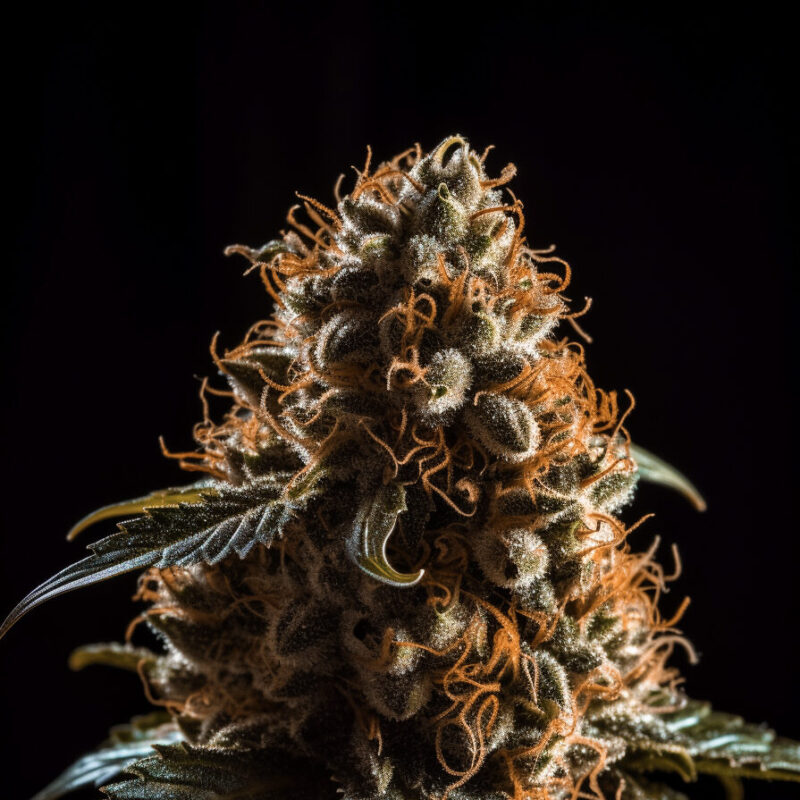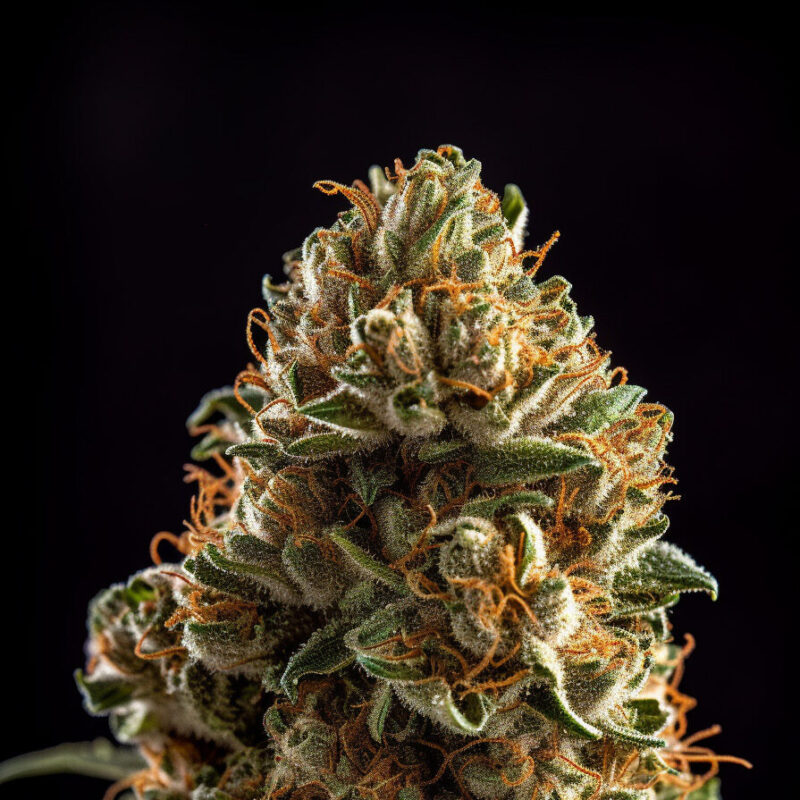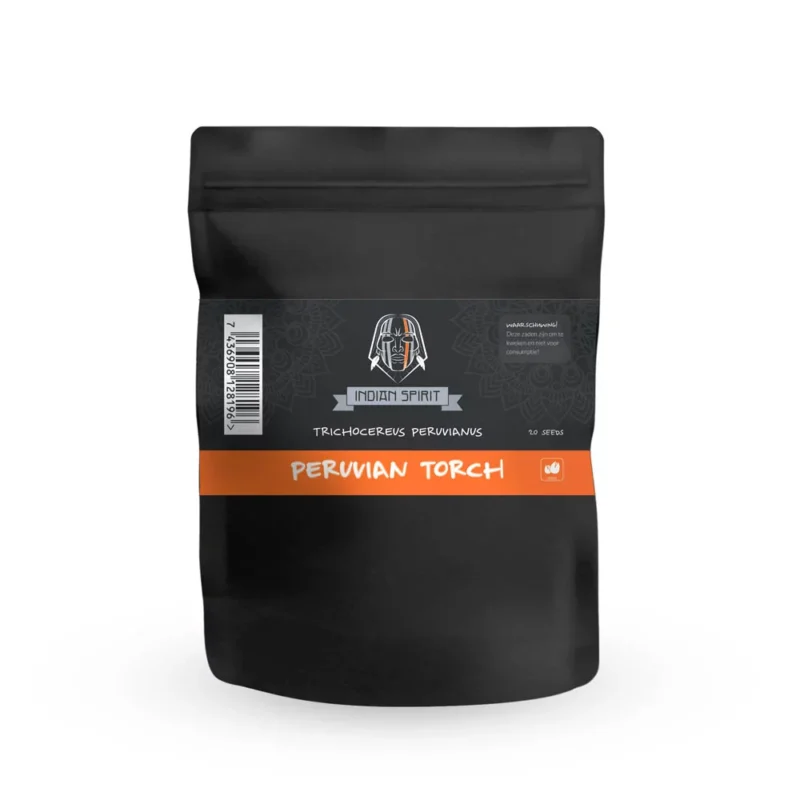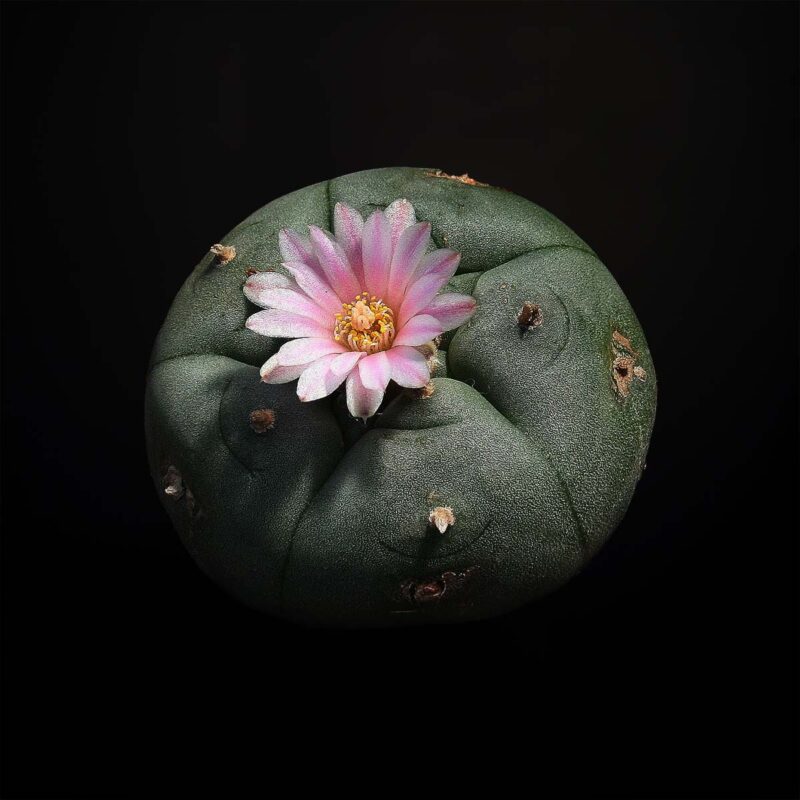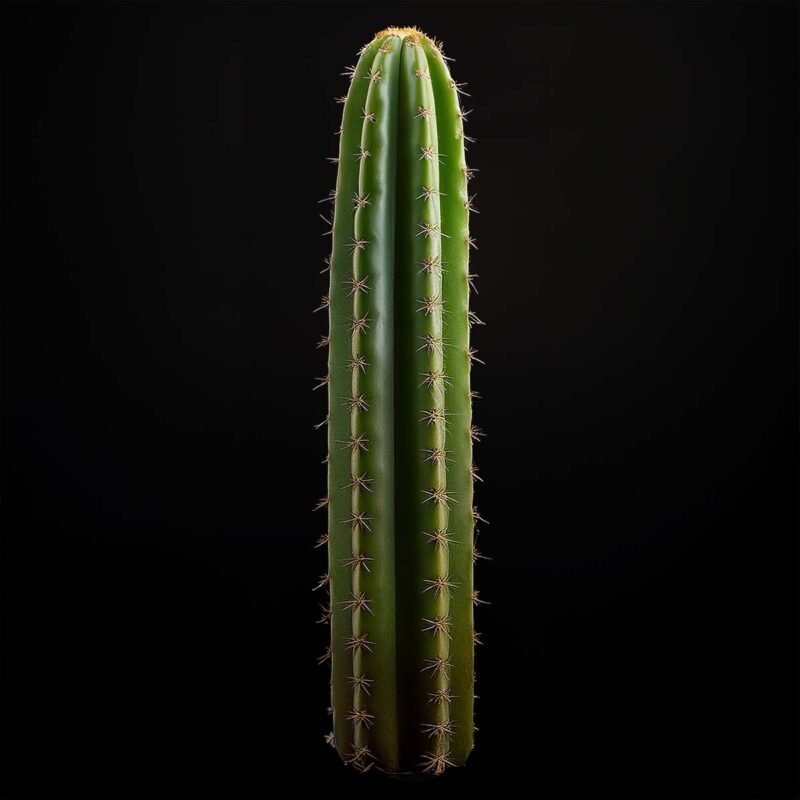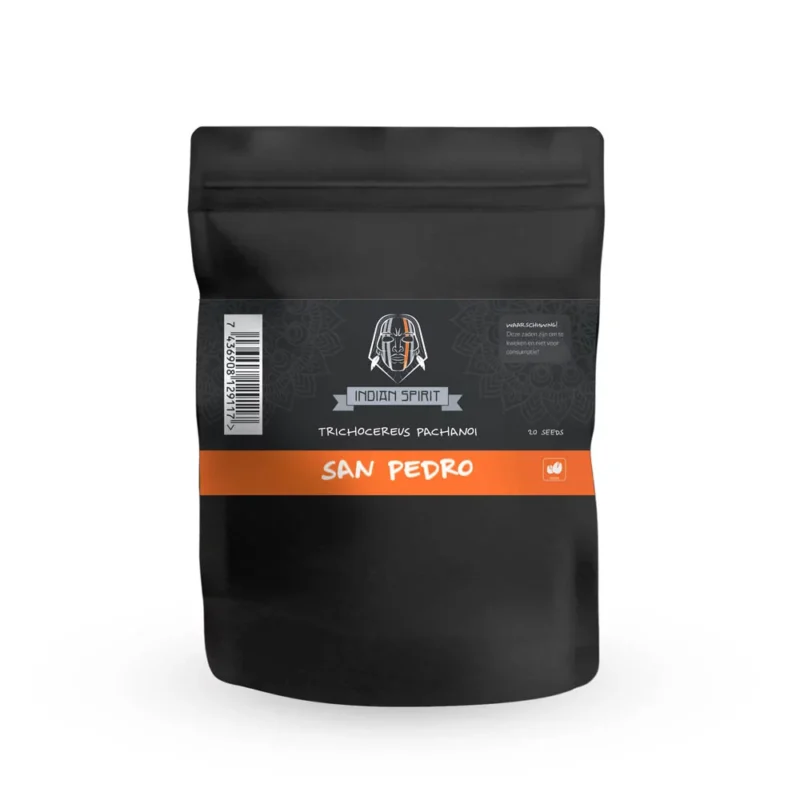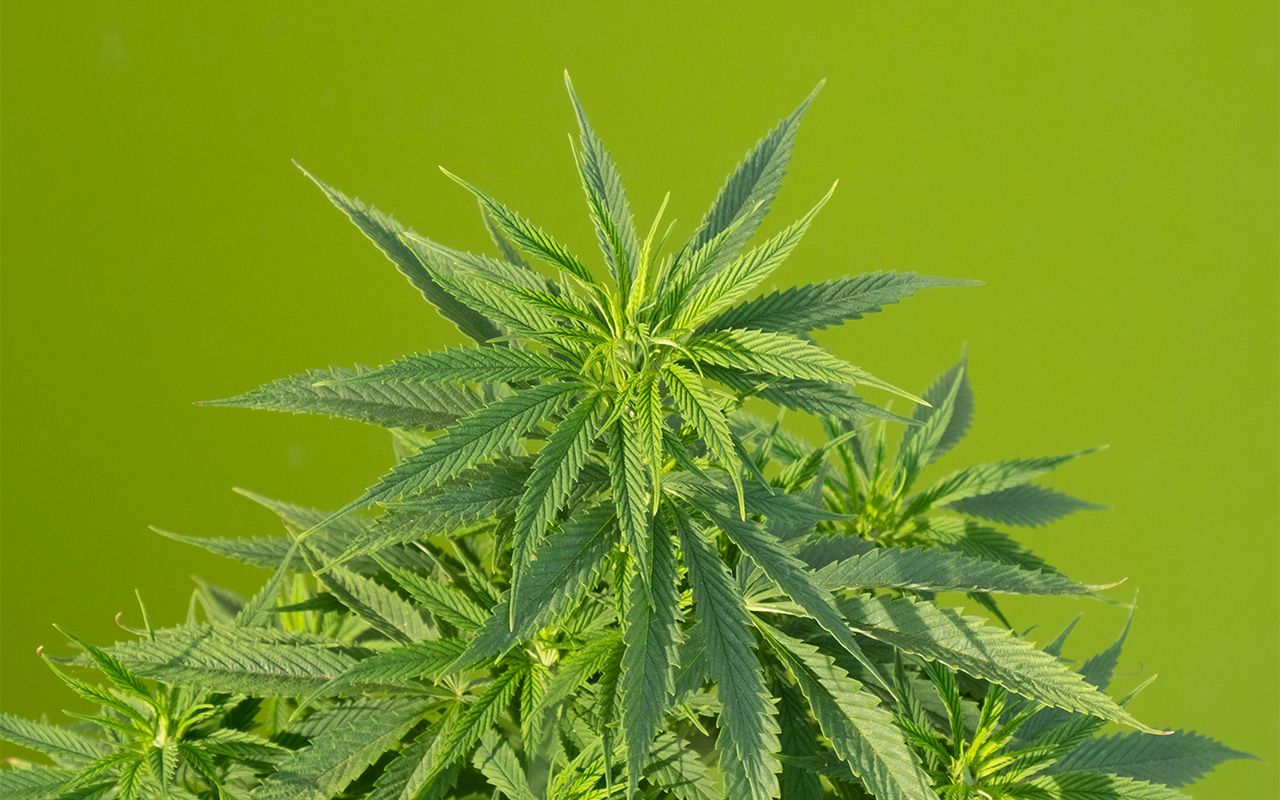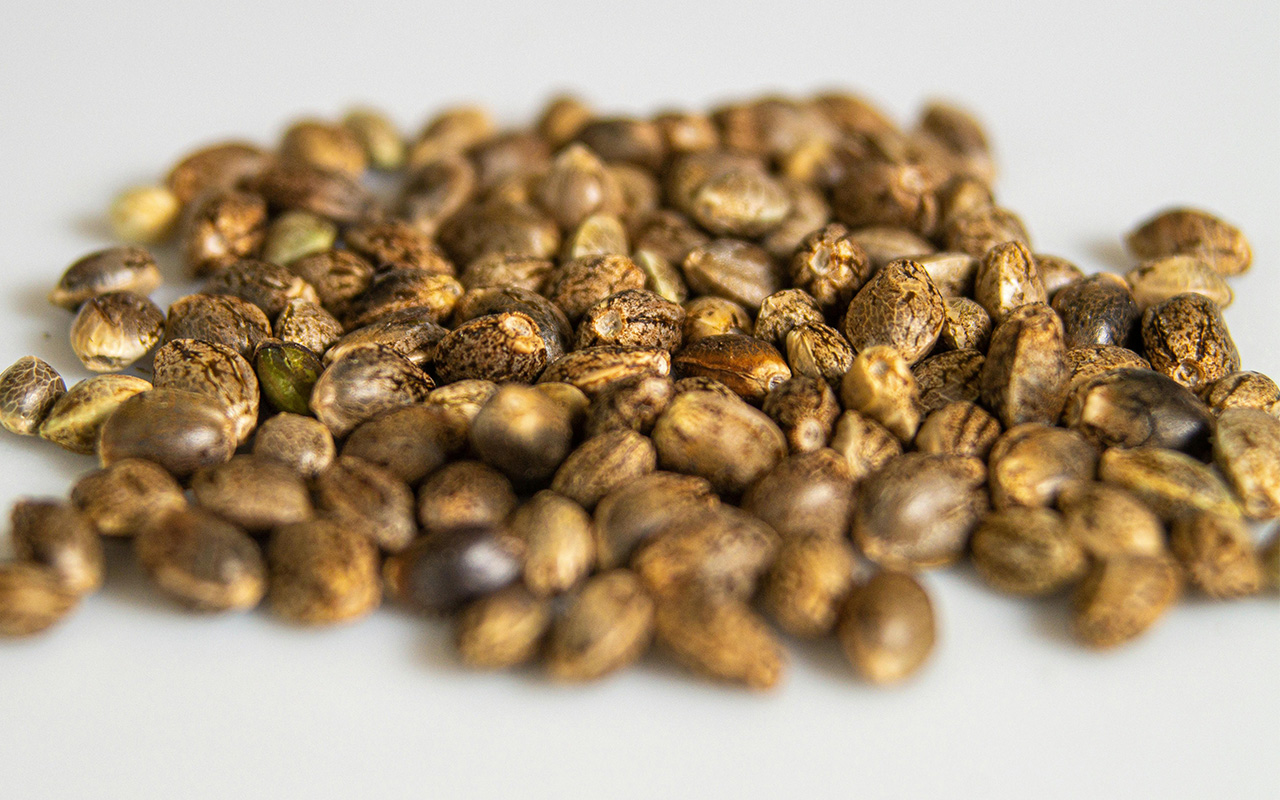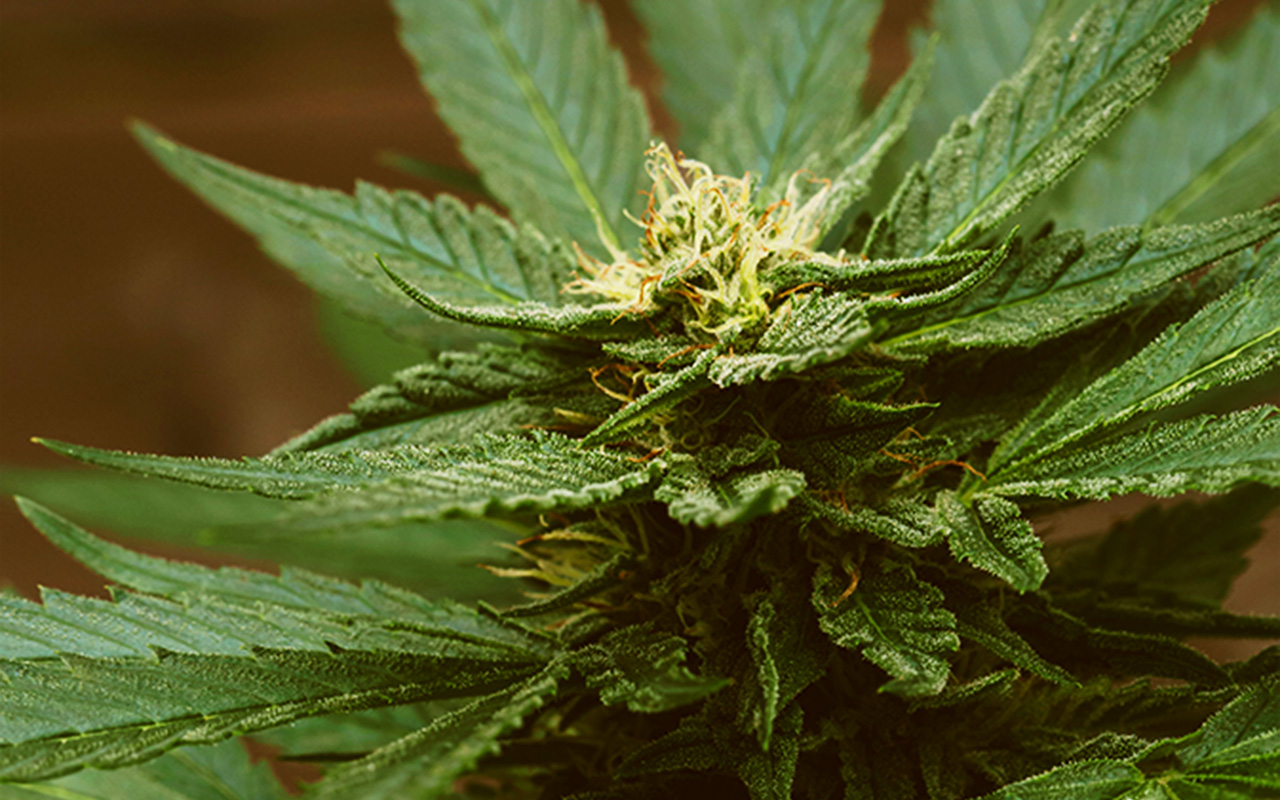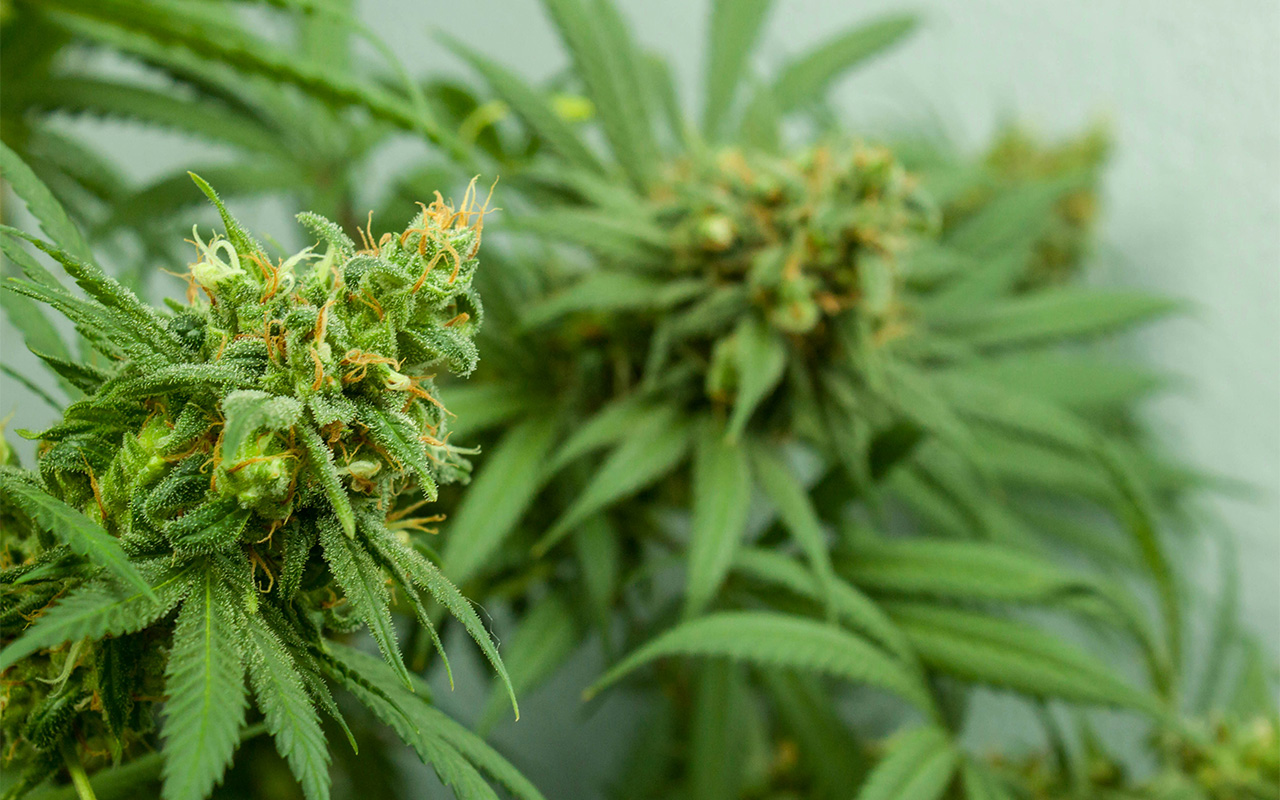Nematodes, also known as roundworms, are microscopic, worm-like organisms that inhabit a wide range of environments. They are a significant part of soil ecosystems and can be either harmful or beneficial to plants. In the context of cannabis cultivation, beneficial nematodes can be utilized as biological control agents to protect the plants from various pests.
Types of Beneficial Nematodes
There are several species of beneficial nematodes that are commonly used in agriculture and horticulture for pest control:
Steinernema feltiae:
- Targets: Thrips, fungus gnats, and other small soil-dwelling pests.
- Usage: Effective against larvae of various pests by penetrating their bodies and releasing symbiotic bacteria that kill the host.
Steinernema carpocapsae:
- Targets: Cutworms, armyworms, and other surface-dwelling pests.
- Usage: Ideal for targeting pests on the soil surface or slightly below it. The nematodes enter the pests and release bacteria that are lethal to them.
Heterorhabditis bacteriophora:
- Targets: Root weevils, grubs, and other root-feeding larvae.
- Usage: These nematodes are effective against soil-dwelling larvae by penetrating and killing them through bacterial infection.
Steinernema kraussei:
- Targets: Vine weevil larvae and other cool-temperature pests.
- Usage: Effective in cooler conditions and ideal for targeting pests like vine weevils.
How Nematodes Work
Beneficial nematodes control pests through a process that involves seeking out, infecting, and killing their hosts:
Searching for Hosts:
- Nematodes actively seek out insect larvae and other pests in the soil or on plants.
Infecting Hosts:
- Once a suitable host is found, nematodes enter through natural openings or by penetrating the cuticle.
Releasing Bacteria:
- Inside the host, nematodes release symbiotic bacteria that proliferate rapidly, killing the host within a few days.
Feeding and Reproduction:
- Nematodes feed on the decaying host tissue and reproduce, releasing new generations of nematodes to continue the cycle.
How to Use Nematodes for Cannabis Plant Protection
Preparation and Application:
Determine the Pest:
- Identify the specific pest problem to choose the appropriate nematode species. There’s various variants for every possible pest.
Purchasing Nematodes:
- Buy nematodes from a reputable supplier. They usually come in a dormant form mixed with a carrier material. Often it’s a powder which you’ll throw in water to activate (wake up) the worms. Which you will then pour over your garden in the appropriate amount. The packaging will detail how many nematodes you will need for your garden and with how much water you need to mix them.
Mixing with Water:
- Mix the nematodes with water according to the package instructions. This activates the nematodes and prepares them for application.
Application Methods:
- Soil Drench: Pour the nematode solution directly onto the soil around the cannabis plants to target soil-dwelling pests.
- Foliar Spray: Spray the nematode solution onto the foliage to target pests on the leaves and stems.
Timing and Conditions:
- Apply nematodes during early morning or late afternoon to avoid UV light, which can harm them. Ensure the soil is moist before and after application to help the nematodes move and infect their hosts effectively.
Frequency:
- Applications can be repeated every few weeks or as needed, depending on pest pressure and environmental conditions.
Benefits of Using Beneficial Nematodes
- Environmentally Friendly:
- Nematodes are a natural and eco-friendly pest control option that does not leave harmful residues.
- Target Specific:
- They target specific pests without harming beneficial insects, plants, or humans.
- Safe for Plants and Humans:
- Nematodes pose no risk to cannabis plants, humans, or pets.
Using beneficial nematodes can enhance the health and yield of your cannabis plants by naturally managing pest populations without relying on chemical pesticides. They will often target eggs and larvae too protecting you for the upcoming years too!
